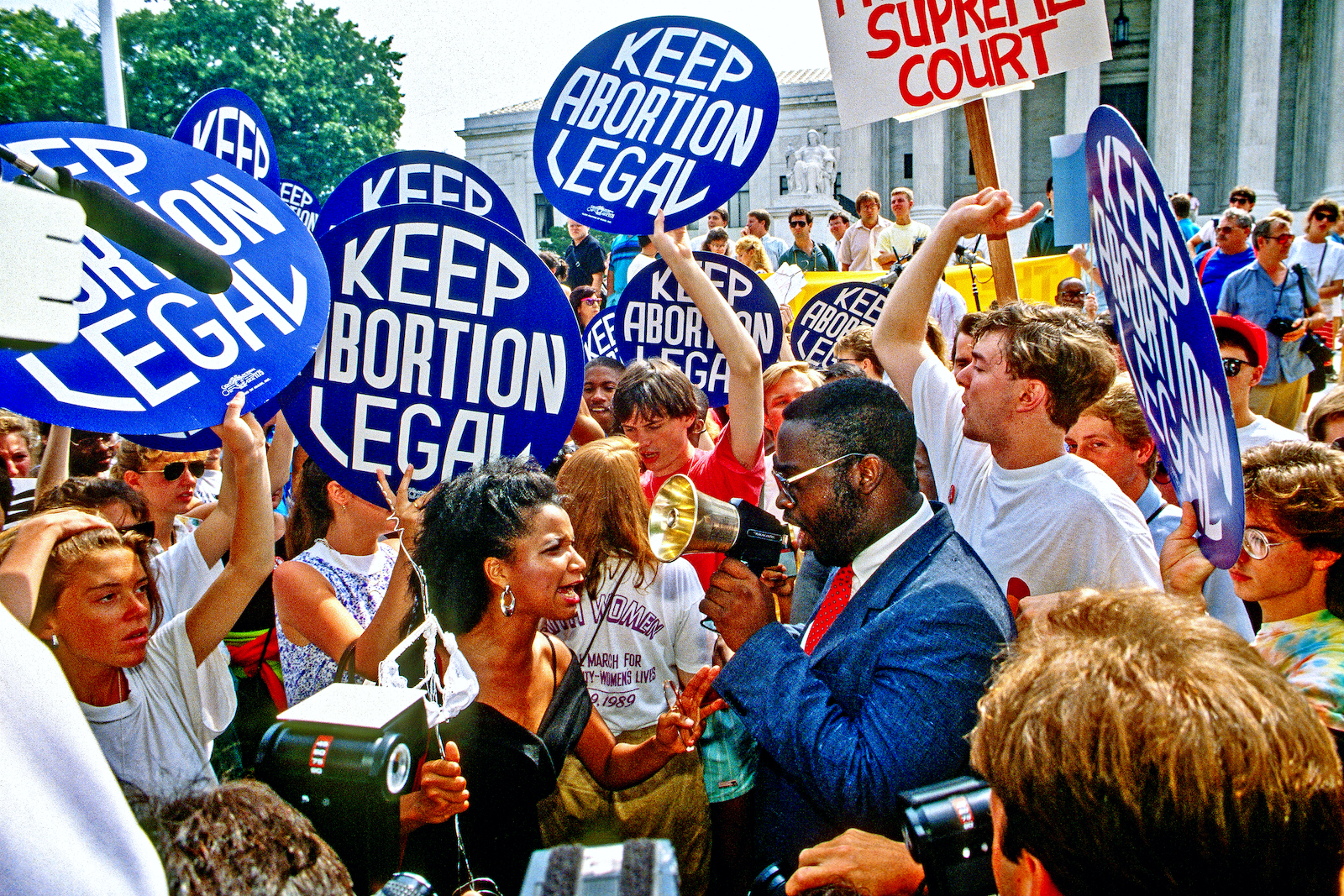
Leaking for Roe v. Wade
The U.S. Supreme Court Chief Justice was furious. For the first time in history, the raw judicial process of one of the most powerful, and opaque arms of government, had been exposed via media – at least in preliminary form. It resembled, in no negligible way, the publication by WikiLeaks of various drafts of the Trans-Pacific Partnership, the forerunner to the current Comprehensive and Progressive Agreement for Trans-Pacific Partnership.
The subject matter was positively incendiary: the potential overturning and judicial eradication of Roe v. Wade, a 1973 decision which has generated a literature both for and against its merits of herculean proportions. In its draft form, Dobbs v. Jackson Women’s Health entertains a full-throated attack on the decision that had legalised abortion via constitutional fiat, even if the original grounds centred on privacy.
Such an inner illumination of processes was never the intention of the U.S. Supreme Court. For over two centuries, it had not seen the likes of this. For the most part, whatever their persuasion, the justices have kept religiously mum on the issue of a case till final publication. In an address to the American Constitution Society, given on June 15, 2012, Supreme Court Justice Ruth Bader Ginsburg was not giving anything away to the audience about what fate awaited the Affordable Care Act. The justices had originally voted on the matter on March 30. By mid-June, opinions had already been drafted and circulated in the judicial conclave. “Those who know don’t talk,” teased Ginsburg. “And those who talk don’t know.”
The same, remarked Jack Goldsmith in The New Republic, could not be said about the national intelligence community, where the loquacious roam. Those knowledgeable and in the know on such matters were often the same ones willing to spill, babble, and discuss.
The draft, published in unadulterated or abridged form, comprises 98 pages and 118 footnotes, with an accompanying 31-page length appendix covering the historical state abortion laws. Delivered by Justice Samuel Alito, it states with punchy certainty that, “Roe was egregiously wrong from the start.” The reasoning adopted in the decision was “exceptionally weak, and the decision has had damaging consequences.” It is a paean for state power over federal dictation. Laws on abortion should finally be returned to the fold of State legislatures.
Judgments do go through various iterations. This version stems from February. The fact that it is now circulating in public like a demon of agitation, stirring up the various party bases and groups, is an experiment of itself, bringing down the rickety façade of the Supreme Court as a non-partisan body. “Unquestionably, it drags the court into the political scrum and rubs some of the polish off it,” opines George F. Will.
A statement from the Supreme Court, in an effort to keep up appearances, claims that its operations has only suffered a minor hiccup. “Although the document described in yesterday’s reports is authentic, it does not represent a decision by the Court or the final position of any member on the issues in the case.”
Whether the justices congeal or adjust their current view on Roe in light of the Politico leak is, at this point, unanswerable. But a distinct sense of bloodlust has taken over in the effort to find the culprit. Chief Justice John Roberts, in a statement, described the leak as “a singular and egregious breach of trust that is an affront to the Court and the community of public servants who work here.”
The message captivating the establishment is whether the leaker violated any laws and, if so, what penalty might fellow. While pro-choice supporters are well infuriated by the draft, but the conservatives seem intent on crucifying the perpetrator. Senate Minority Leader Mitch McConnell fumed that this “lawless action” be “investigated and punished as fully as possible.” The editors of the National Review insist that this incident “is intolerable and cannot go unpunished.”
The Chief Justice, for his part, has directed the Marshal of the Court, Col. Gail A. Curley, to begin an investigation into the source. Doing so potentially rings off the process from the prying eyes of the FBI and the Justice Department. No judicial officer wants them to get involved.
The prosecution effort is unlikely to amount to much. In the first place, a Supreme Court draft decision fails to have the gravity, standing, or properties of a legal document to warrant such action. “As far as I can tell,” submitted the seasoned UC Berkeley legal authority Orin Kerr, “there is no federal criminal law that directly prohibits disclosure of a draft legal opinion.”
The only real legislative foothold to use against the opportunistic leaker, if that even counts, is the statute known as 18 U.S.C.§ 641 which covers public money, property, or records, namely prohibiting the theft or misuse of government-owned “things of value.” The lingering question here is whether the statute covers information and whether the concept of information could be said to be a “thing of value.”
The guidelines of the Justice Department also suggest that it would be “inappropriate to bring a prosecution” where an individual had legitimate access to the information or document and used such material “for the purpose of disseminating it to the public.”
As the Colonel gets busy with her investigation, the debate over how to cope with a world after Roe has begun in desperate fury. The Biden administration has reiterated its support for the principle of the case and notes, in the event of its overturning, that the onus will fall to the elected and the electors “at all levels of government.” At the federal level, it will pursue a process that codifies Roe. Either way, the politicians of the U.S. imperium are going to get busier over matters of the fetus.
